By Kylie Meyerman
For the first trek of my cheesucation, I thought it imperative that I start at the basics. How is cheese made? With the many cheesemakers, affrinages, and chefs I spoke with, they all praised the same name: Professor Frank Kosikowski. Otherwise known as the Godfather of Cheese, Kosikowski is the founder of the American Cheese Society (ACS) and perhaps more importantly, he is the man who outlined the Eight Basic Steps of Cheese making.
I am told the same story by many of the cheesemakers I interview. They say that cheesemaking is not a single process, but a step by step development. One cannot make great cheese by skipping steps; there is a purpose behind the madness. Many cheesemakers insist that Kosikowski’s cheese practices come as second nature to them: it was drilled into their memory by their teachers.
Before great cheese can be made and Kosikowski’’s theories can be put into practice, it is crucial that only the freshest of milk be used when making cheese. Great cheeses start with fresh, clean milk from the most recent milking. Cheesemakers are known to mix fresh milk with milk from a previous milking, however the older the milk the higher the risk is of pollutants to stem from bacteria. This detail is of the utmost importance when unpasteurized cheese in the intended goal.
Kosikowski’s Eight Basic Steps of Cheese Making
Step 1: Setting the Milk (Acidification and Coagulation)
Step one involves two equally important occurrences: acidification and coagulation. Acidification is the simple process of souring milk. Acidification will naturally occur if milk is left to sour on its own: bacteria will convert lactose (milk sugar) into lactic acid. Traditional cheese making involves using a starter to boost the acidification by using a small amount of already soured milk from the previous day. This process can be time consuming, but it offers unique flavours and personality to the cheese. There are commercial starters that are more predictable, but with less character.
Coagulation is the result of two chemical reactions during Step 1: the fermenting of lactic acid and the clotting action of enzymes in rennet. Rennets are enzymes traditionally extracted from the stomachs of young livestock. Nowadays, there are commercial starters such as microbial (molds) and vegetable cultures. The type of secondary culture that is chosen by the cheesemaker will indefinitely influence the flavour of the cheese. Among these cultures are unique yeasts, molds and bacteria strains that influence the cheeses personality.
Aside from flavour index it is pivotal that the soured milk turns into curds during this process.
Step 2: Cutting the Curds
Cheese is 80 to 87 percent water, since water is the main ingredient in milk. As curds coagulate into a large mass, they expel their whey, which is mostly water. This step of the process is called syneresis. As the curds are cut and become smaller in size, the less moisture they attain. The cutting of the curds is a crucial step for determining the texture and moisture content of the cheese. When making a soft cheese the curds will be left larger, whereas a hard cheese with less moisture will be cut into smaller curds. This solves the mystery of why brie is always aged in giant wheels.
Step 3: Cooking and Holding
The cooking and holding process allows cheesemakers more control over the rate and nature of syneresis. The heating process is usually conducted in large, stainless steel vats with hollow walls, (similar to wine cooling-vats) which allows hot water to circulate and heat the curds. During the heating process, the curds may be stirred to prevent them from matting together. Stirring also increases the rate of syneresis, making the curds harder and denser.
After years of practice, many cheesemakers know when to stop the cooking and holding process simply by squeezing and rubbing the curds through their fingers. It’s a manual test that allows them to analyze the texture and consistency of the curds. The cooking and holding is one of the many trial error steps of making cheese.
Step 4: Dipping and Draining
Draining is the process of transferring the curds from the heating vat to some form of draining vessel. Dipping is a form of draining, since the curds are left to hang in a knit bag so that the remaining moisture may drip out from the bottom.
Step 5: Knitting
Otherwise known as curd fusion, this is when curd particles begin to amalgamate into a uniform body. During knitting, the cheese begins to acquire its distinct consistency. The process of knitting depends on the cheese recipe. Each cheese requires its own unique type of knitting. Cheddar curds require a sweeping or brushing technique that forces the expulsion of whey.
Step 6: Pressing
Pressing is the second longest of the eight steps. Pressing can last anywhere from a couple of hours up to a few days. Pressing is designed to employ varying levels of pressure to the cheese so that it may attain the desired texture and density. There are many different ways to press cheese. Some cheesemakers use heavy equipment while others stack the newly formed cheeses atop one another. Their own body weight is enough pressure to expel excess moisture. Soft and semisoft cheese, bloomy or washed rinds require very little, if any, pressure.
Step 7: Salting
When listing off a cheese’s flavour index, many people would list salty as an integral ingredient. Not only does salt influence the flavour of a cheese but salt is also used for moisture reduction and the controlling of bacteria and molds. It can be applied in two ways: dry or wet. Dry salting occurs either before or after pressing and is sprinkled directly on the curd mass. When applied dry, the salt begins to enact its effects immediately. Wet-salting, also known as brining requires the cheese to be submerged in a saltwater solution. Salt puts a halt on lactic-acid bacteria, slowing down the fermentation of lactose.
Step 8: Special Treatments (Curing)
This is when the cheesemaker, as well as the cheese are allowed to flourish and ripen their distinct personalities. The curds are now officially cheese and Kosikowski’s step-by-step process is complete. There is now a series of treatments – all optional – that mark the beginning of the ripening stage.
“Curing” is a term used to describe the endless era of treatments a cheesemaker can inflict on their cheese. Curing includes rubbings, brushings, sprayings, washings, wrappings and any additional additives to the cheese.
Another possible route for the cheesemaker to consider is using Secondary Cultures to create flavour and add personality to their cheese. Secondary Cultures grow on cheeses and release enzymes that break down the cheeses proteins, fats and sugars. This process releases aroma- and flavour-enhancing particles. Some of these cultures are applied directly into the cheese, such as in blue cheese. Their molds grow and disperse throughout the cheese, shaping the cheese’s character.
What We Learned Today:
For all I knew, the process of making cheese was a guessing game. I have read time and time again that cheesemakers endlessly play a game of cat and mouse, trying to create the next great cheese. However, there is a process that most cheeesemakers follow that leads them down the broken path. In no means is making cheese easy, and it requires a lot of practice and intuition, but for cheese enthusiasts hoping to branch out and try it on their lonesome, Kosikowki and his Eight Basic Steps to Cheesemaking are there for you.
I would like to thank everyone that was interviewed for this article. As well as Max McCalman and David Gibbons, authors of Mastering Cheese: Lessons for Connoisseurshio From a Maitre Frommager. I highly recommend this book for any cheese enthusiast.
 Kylie Meyermann is a contributor of Good Food Revolution. She works at Jamie Kennedy Kitchens and working towards attaining her WSET’s. Follow her on Twitter! @kylie’swines : She would love to hear your input!
Kylie Meyermann is a contributor of Good Food Revolution. She works at Jamie Kennedy Kitchens and working towards attaining her WSET’s. Follow her on Twitter! @kylie’swines : She would love to hear your input!

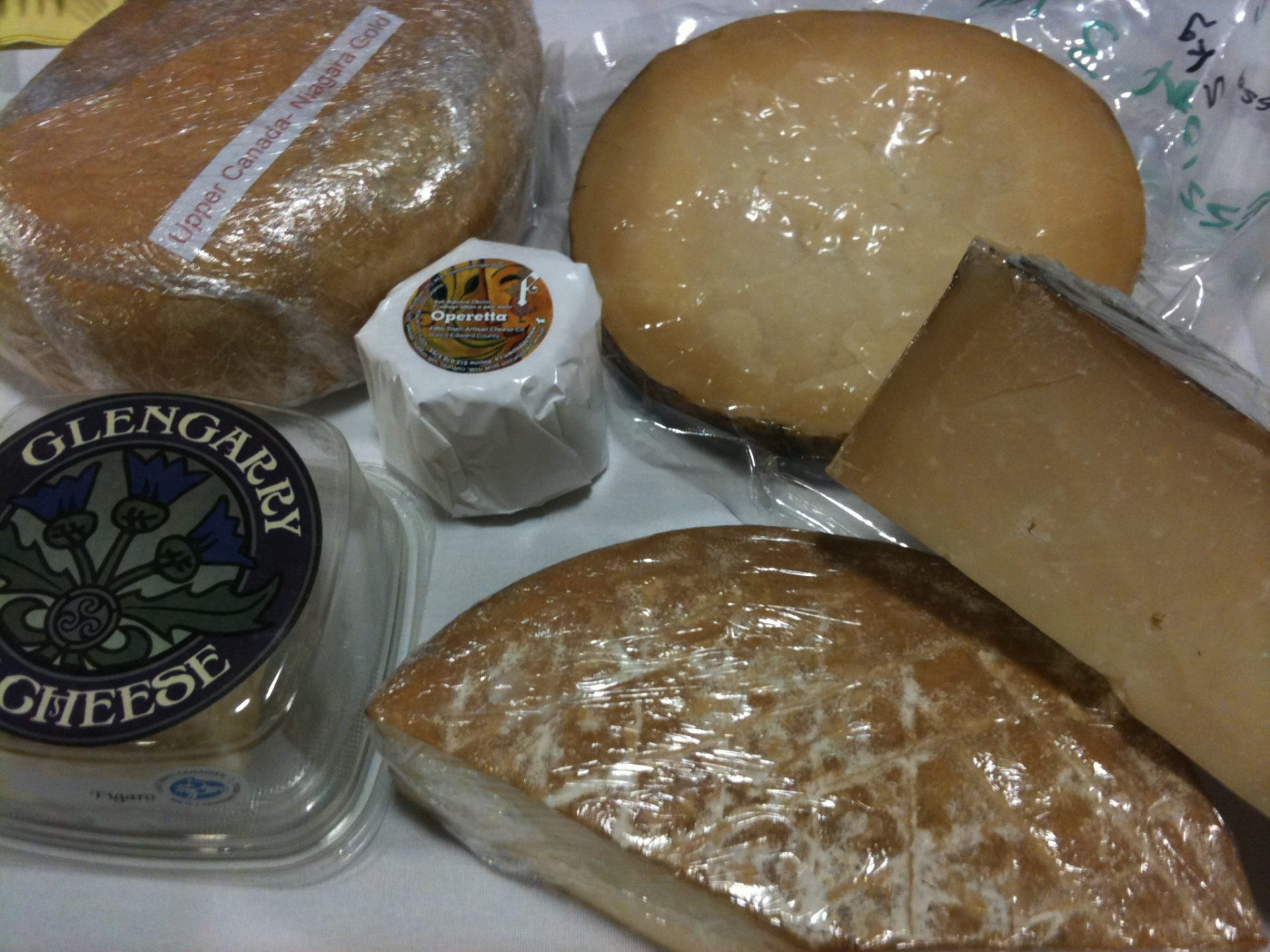


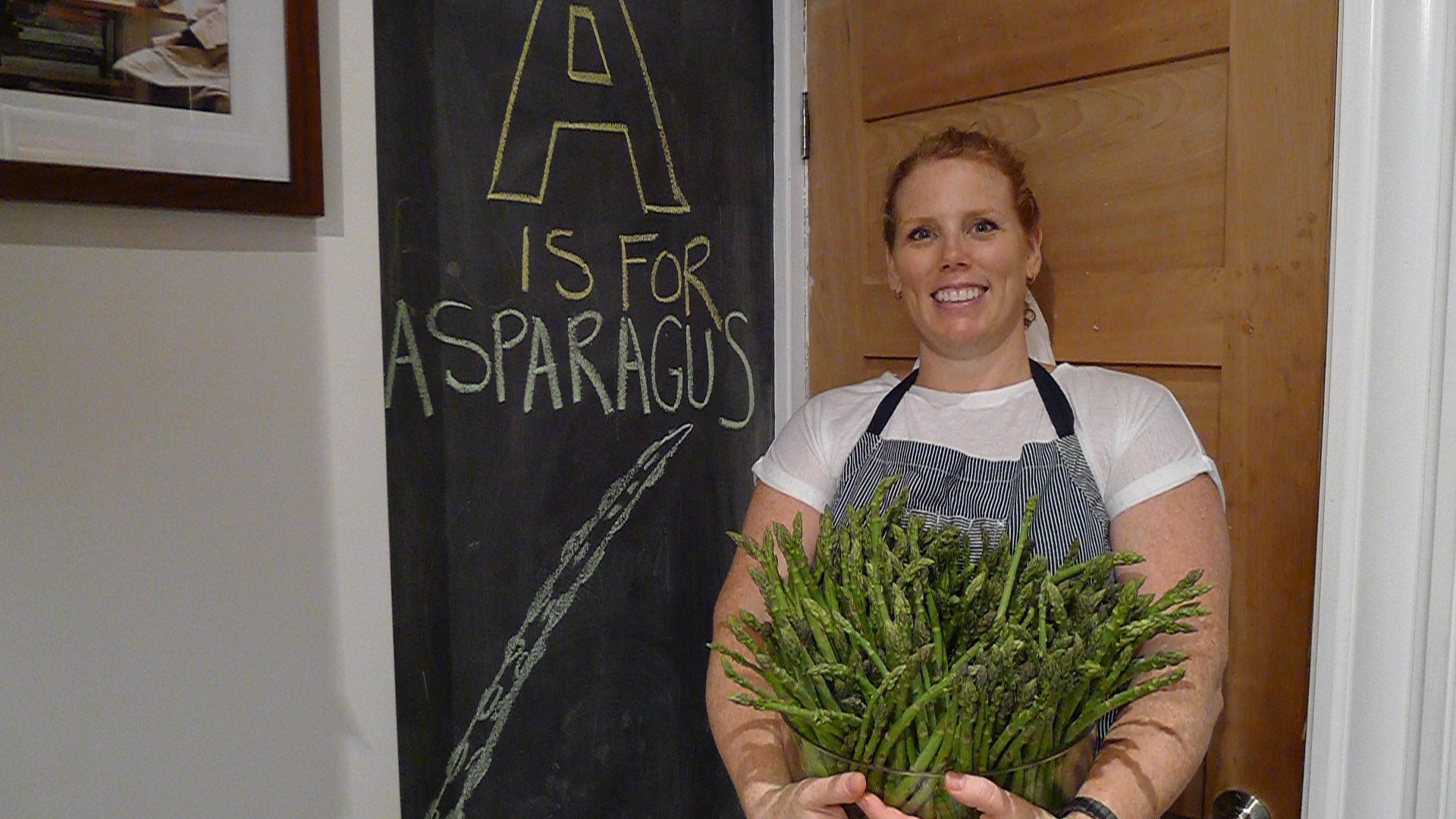
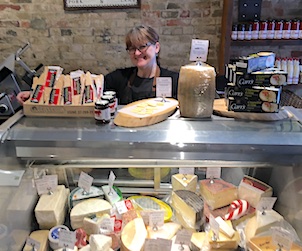
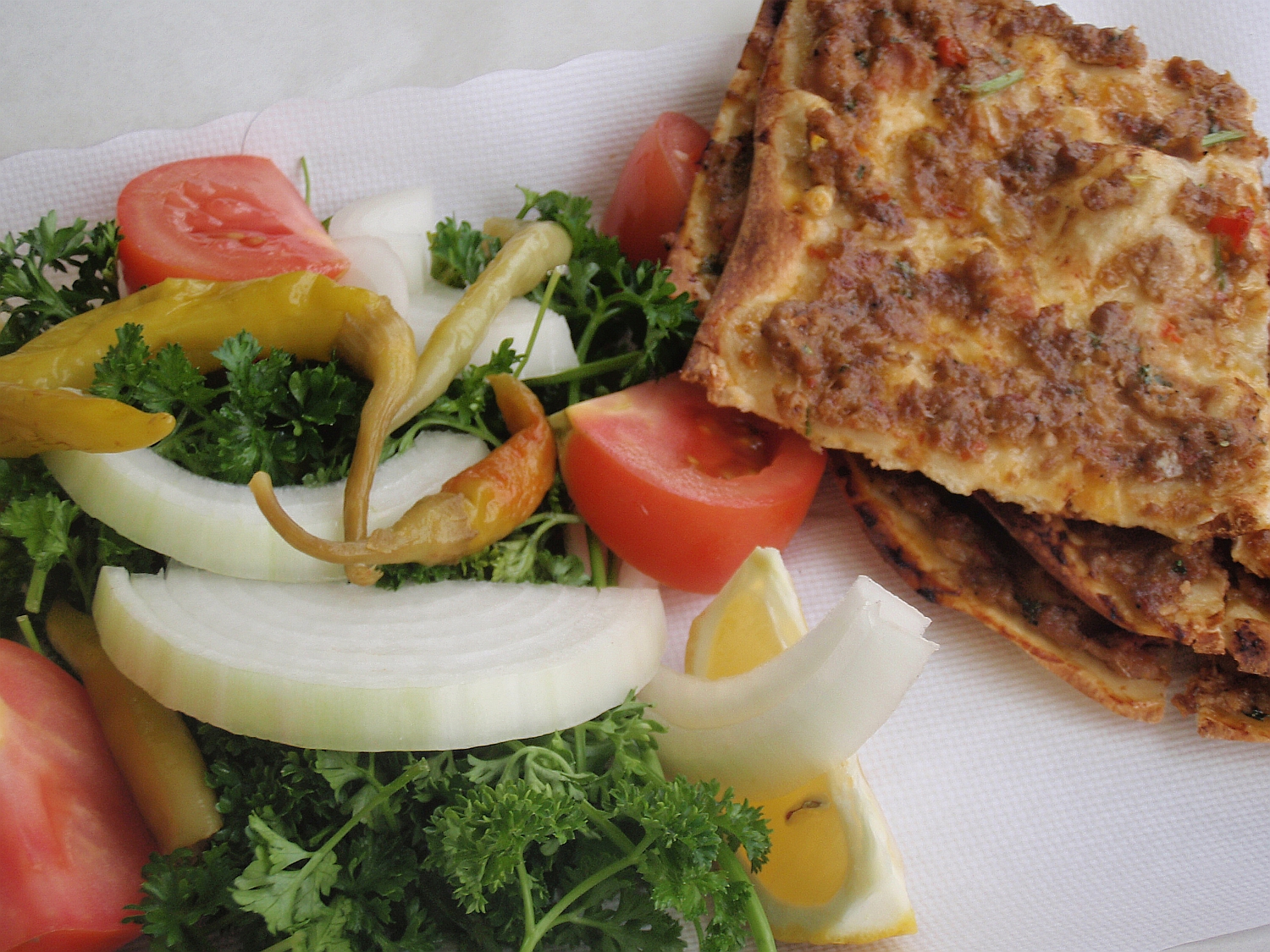
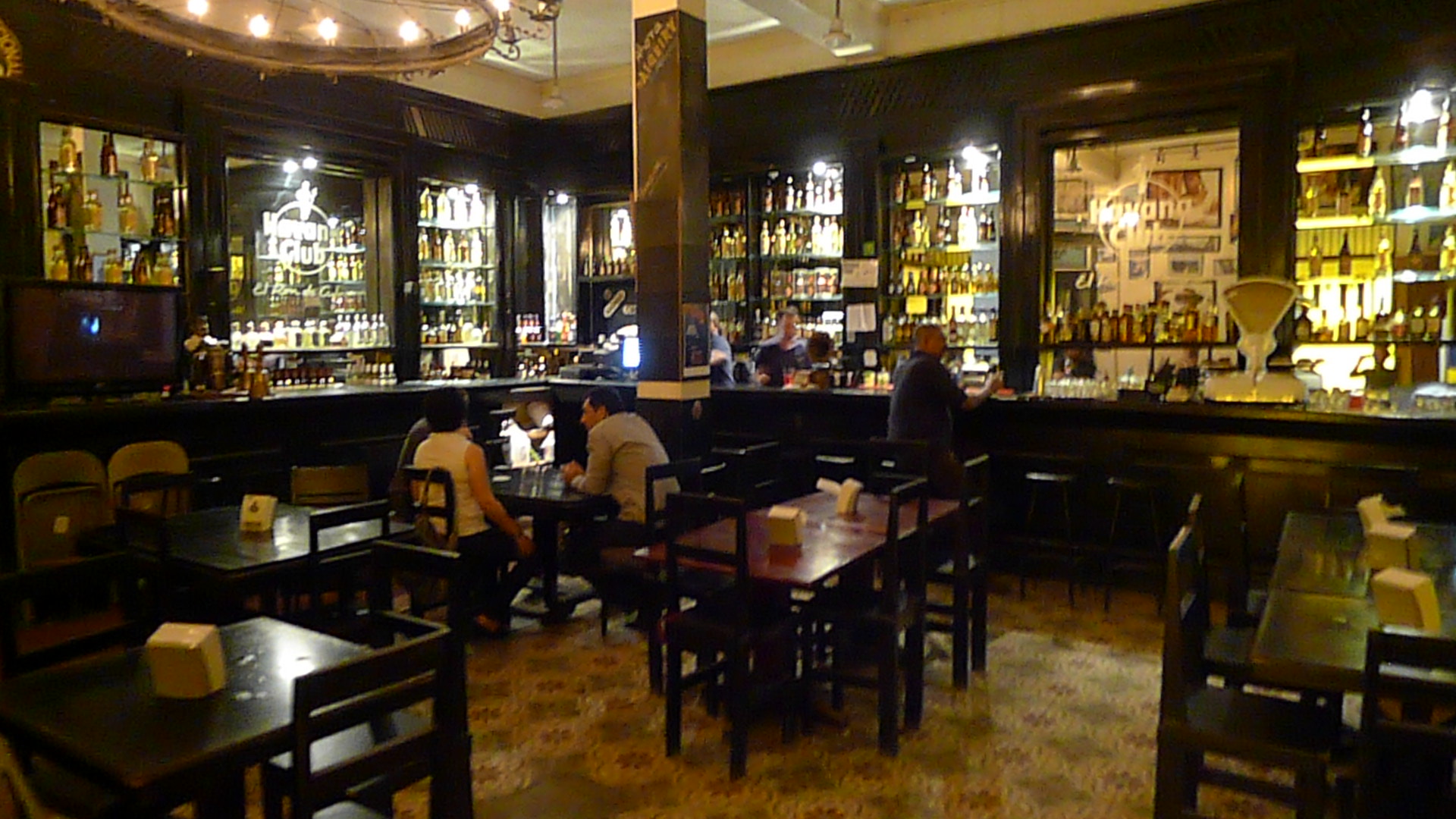

Trackbacks/Pingbacks